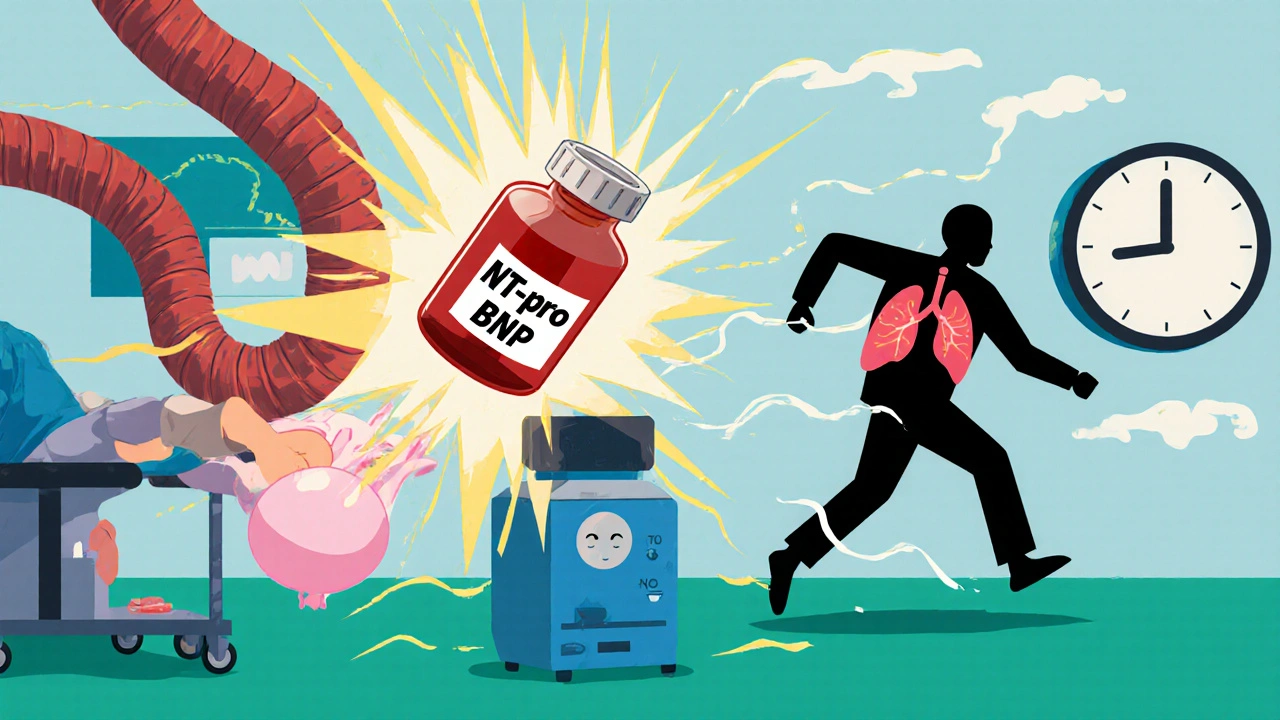Heart Failure Diagnosis: Signs, Tests, and What Your Doctor Looks For
When your heart can’t pump blood the way it should, that’s heart failure, a condition where the heart muscle weakens or stiffens, reducing its ability to supply oxygen-rich blood to the body. Also known as congestive heart failure, it doesn’t mean your heart has stopped—it means it’s struggling to keep up. This isn’t rare. Nearly 6.7 million adults in the U.S. live with it, and many don’t realize their shortness of breath or swollen ankles are warning signs.
Diagnosing heart failure starts with listening—not just to your symptoms, but to your body. Fatigue, swelling in the legs, sudden weight gain from fluid retention, and trouble breathing while lying flat are common red flags. But these can look like aging, being out of shape, or even allergies. That’s why doctors don’t rely on symptoms alone. They use tools like the BNP test, a blood test that measures a hormone released when the heart is under stress. High BNP levels suggest your heart is working too hard. Then comes the echocardiogram, an ultrasound that shows how well your heart pumps and if any valves are leaking. This test gives numbers like ejection fraction—how much blood leaves the heart with each beat. Below 40%? That’s a clear sign of trouble.
Other tests add more pieces to the puzzle. An EKG checks for irregular rhythms or past heart attacks. Chest X-rays show if fluid is building up in your lungs. Sometimes, a stress test or cardiac MRI is needed to see how your heart responds under pressure. And if you’re on meds like digoxin or diuretics, your doctor watches closely for side effects that could make things worse. It’s not just about finding heart failure—it’s about finding why it happened. High blood pressure? Diabetes? A past heart attack? Each cause changes the treatment plan.
What you’ll find below isn’t a textbook. It’s real-world guidance from people who’ve been there. You’ll read about how digoxin helps some but needs careful monitoring, how diuretics like furosemide manage fluid but can knock out electrolytes, and how keeping a symptom diary helps catch changes before they become emergencies. These aren’t theory pieces—they’re practical tools for understanding what happens after a heart failure diagnosis, and how to live with it without losing control.

Blood Level Testing: When Clinicians Should Order NT-proBNP Tests
Haig Sandavol Nov 17 12NT-proBNP blood testing is a critical tool for ruling out heart failure in patients with shortness of breath. Learn when clinicians should order it, how to interpret results, and why it’s replacing older methods.
More Detail